by William E. Welsh
The Japanese torpedo bombers came in dangerously low to launch their torpedoes at the battleships on the east side of Ford Island at 8 AM on the morning of December 7, 1941. A stern voice bellowed over the USS Oklahoma’s bullhorn: “Man your battle stations!” Men scrambled on the Nevada-class battleship, but their efforts were in vain.
[text_ad]
Lieutenant Jinichi Goto’s Kate was the first to strike the Oklahoma. Dropping down to 60 feet above the water, Goto dropped his fish and then pulled up quickly just narrowly missing the battleship’s masts. “Atarimashita! (It hit!),” his observer shouted. Four more torpedoes struck in rapid succession sealing the Oklahoma’s fate. The Japanese planners had worried that the planes might have been protected by antitorpedo nets, but their worries had been unfounded.
The First and Second Wave
After the last two torpedoes, the ship rolled to port. The din was terrific as the inner contents of the ship–everything from plates to bombs to bodies–tumbled sideways with the ship. In just 20 minutes the ship was upside down in the harbor. Sailors swam desperately through passages and compartments in an effort to escape the dying vessel. Although a few were able to hold out in air pockets until rescued a day later, 429 sailors died with her.
A Japanese naval force of 31 ships had sailed the morning of November 26 approximately 4,000 miles from Tankan Bay in the Kuril Islands to a predetermined position 230 miles north of O’ahu Island. The six Japanese aircraft carriers turned into the wind and at 5:50 AM some of the 183 aircraft that would form the first wave of the surprise attack began taking off. A second wave of 167 aircraft took off 30 minutes later.
In addition to targeting the eight battleships on Battleship Row, the Japanese air armada struck a half dozen airfields and naval air stations on O’ahu. The Arizona, Oklahoma, and Nevada battleships were too badly damaged to be recovered. Altogether, the Japanese attack killed a total of 2,390 sailors, soldiers, airmen, Marines, and civilians. In contrast, the Japanese lost only 55 airmen. The only good news that day was that the U.S. Pacific Fleet’s three aircraft carriers were not in port that tragic day. In the two-hour attack, the Japanese had seriously damaged the U.S. Pacific Fleet, but it in the following months and years it would rebound. Ultimately, it would carry the war to the western Pacific.
Battlefield O’ahu & the USS Arizona Memorial
Battlefield O’ahu is part of the National Park Service’s World War II Valor in the Pacific National Monument. The monument’s central mission is to honor those who fell during the Japanese attack on O’ahu. The majority of the sites are adjacent to the U.S. Naval Base at Pear Harbor. The park is a 45-minute drive from Waikiki and is reached via State Highway 99.
The visitor center offers an interpretive program that includes a 23-minute film on the December 7 attack. Tickets for the Arizona Memorial interpretive program and other Pearl Harbor historic sites are available for free at the visitor center. The visitor center also houses museum exhibits, a bookstore, and a snack bar.
A U.S. Navy shuttle boat takes visitors to the Arizona Memorial. The Oklahoma Memorial is located on the shore of Ford Island near the vessel’s berth.
Designing the Memorial Site
The crew of the USS Arizona experienced the greatest loss of life of all of the battleships berthed at Ford Island. A total of 1,177 crewmen from the Arizona died in the attack. Although 229 bodies were recovered, the remains of more than 900 sailors remain in the underwater tomb.
The white structure was designed by architect Alfred Preiss and dedicated on Memorial Day in 1962. It straddles the sunken vessel allowing visitors to see the rim of Number 3 gun turret and adjacent areas just under the surface of the turquoise waters of the harbor. The magnificent memorial is one of the most visited historic sites in the National Park Service system.
Additional historic sites associated with Battlefield O’ahu are the Mooring Quays along Battlefield Row, USS Utah Memorial, and the Chief Petty Officer Bungalows. Other historic sites worth seeing are the USS Bowfin Submarine Museum and Park, Battleship Missouri Memorial, and the Pacific Aviation Museum.
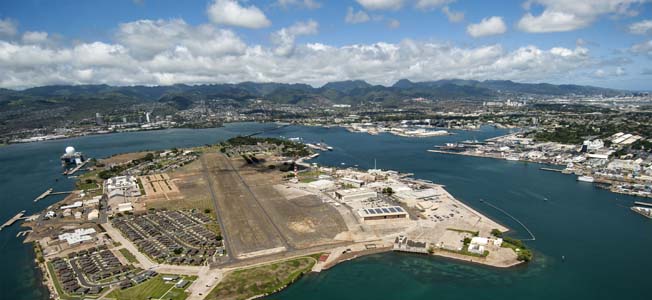
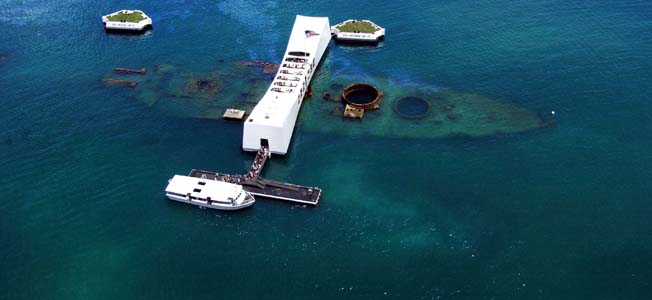
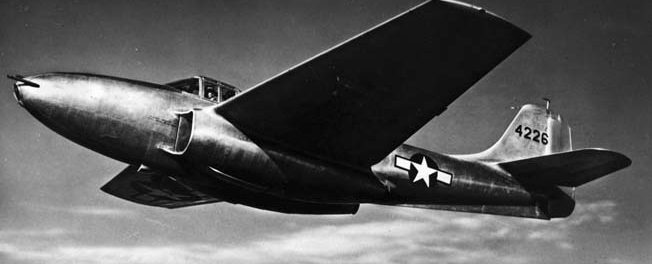
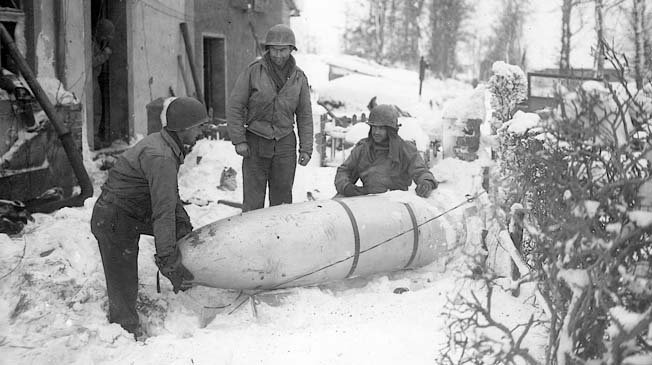
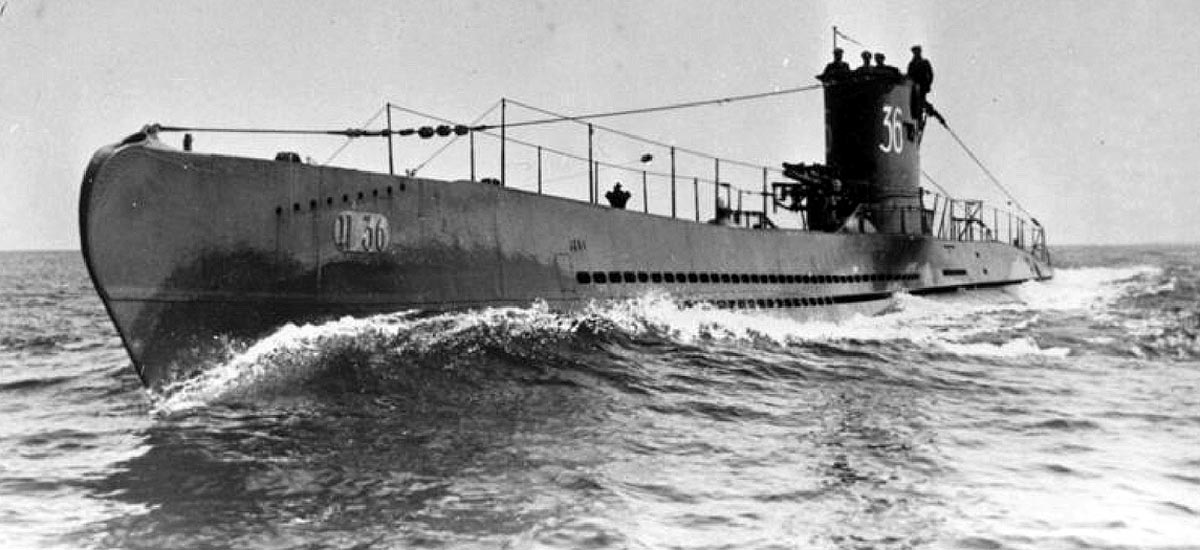
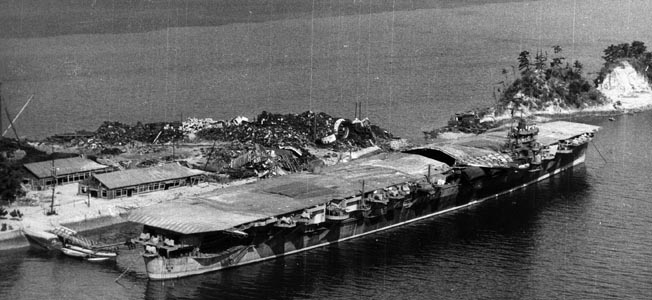
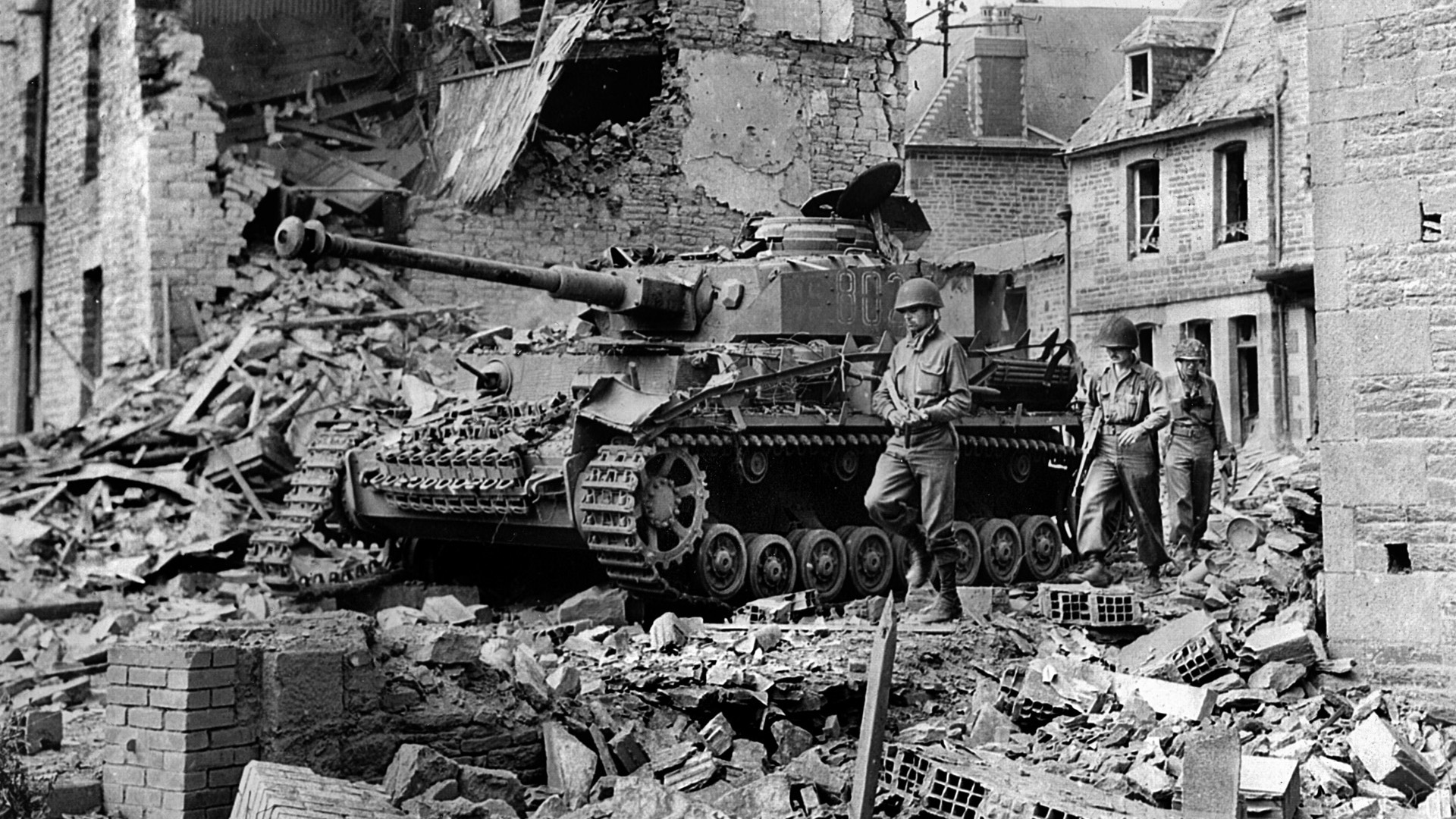
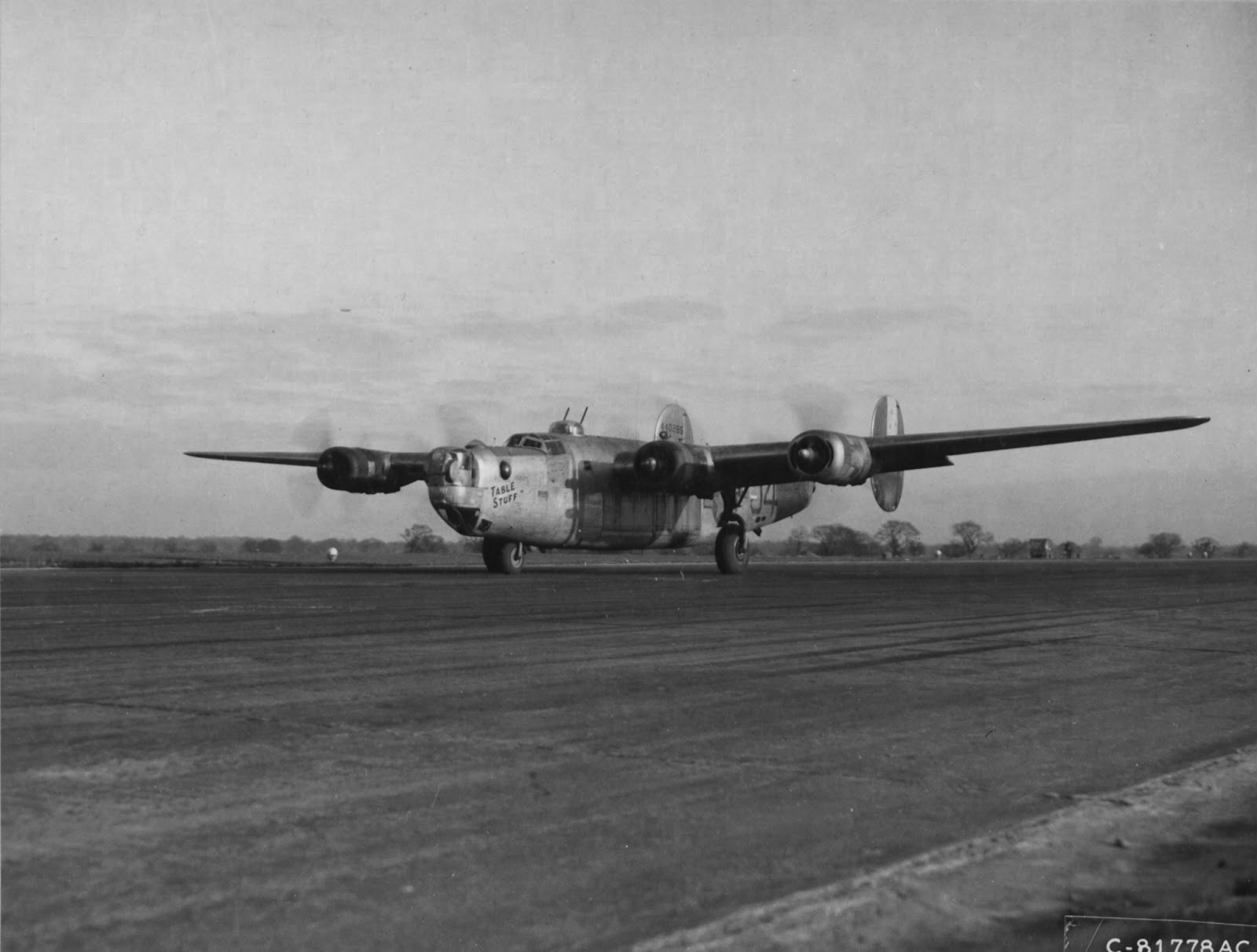
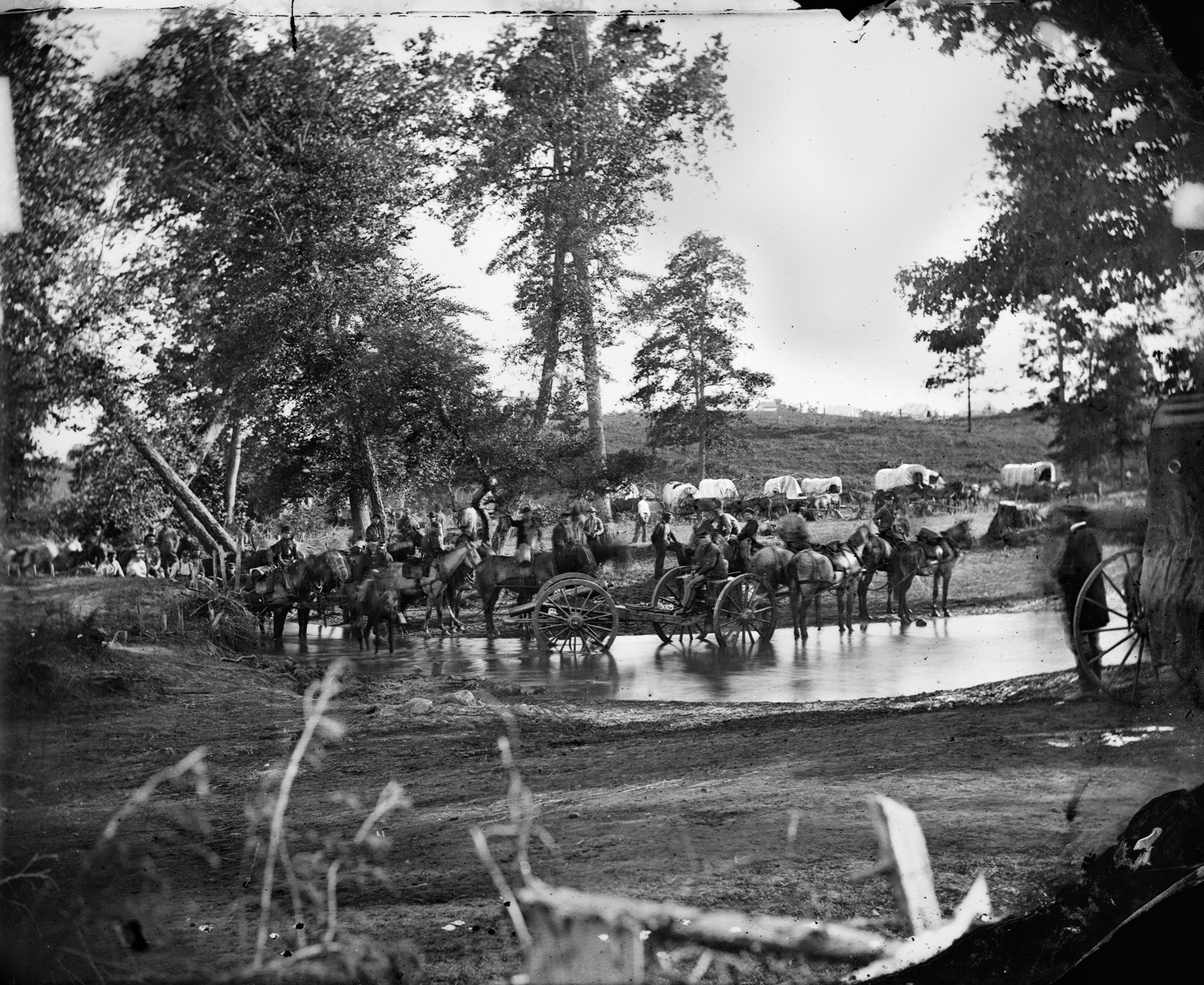
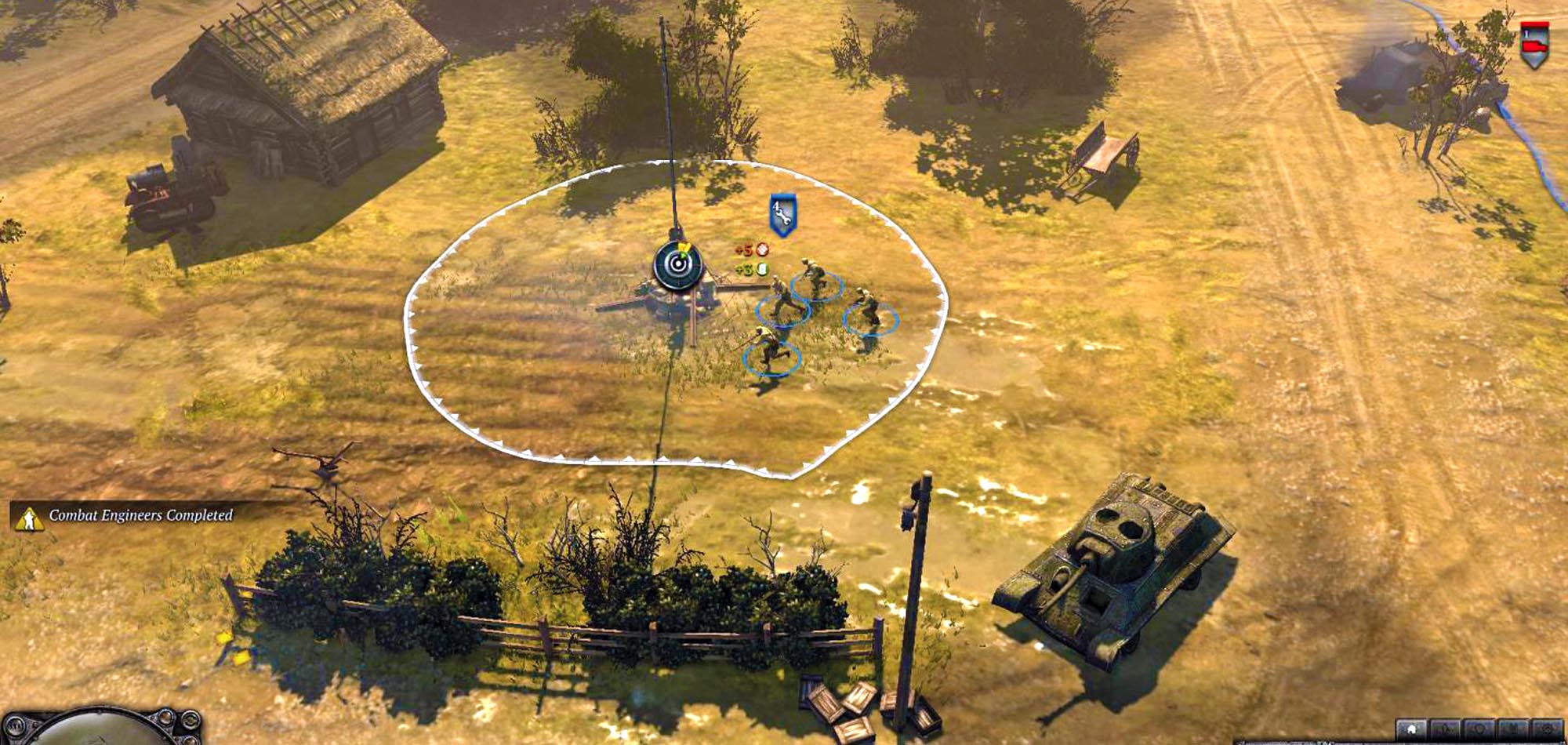
Join The Conversation
Comments
View All Comments